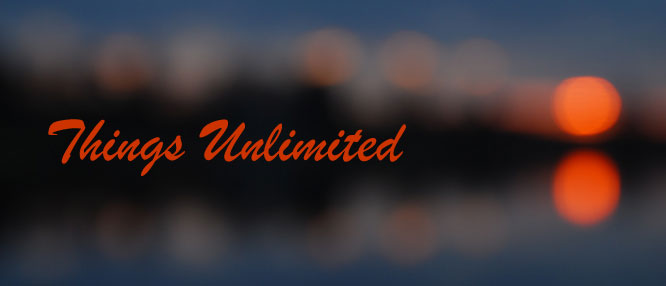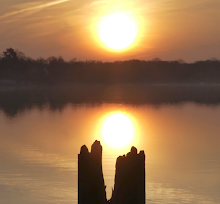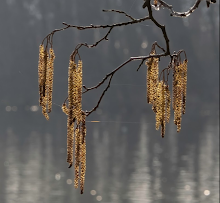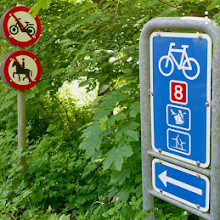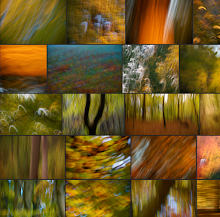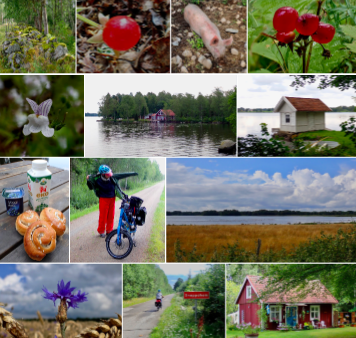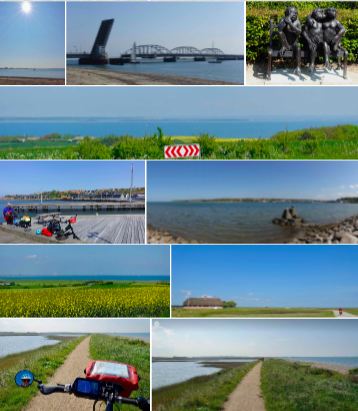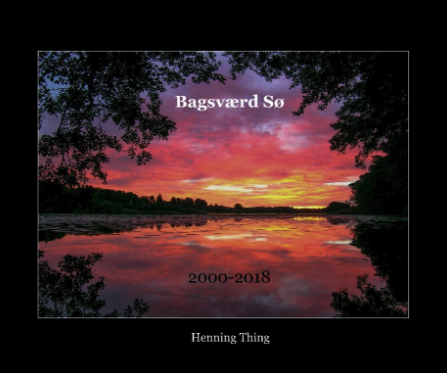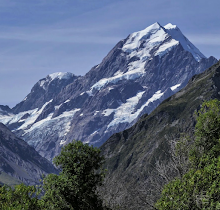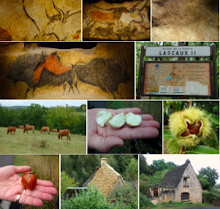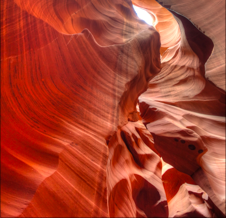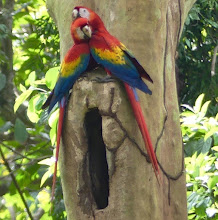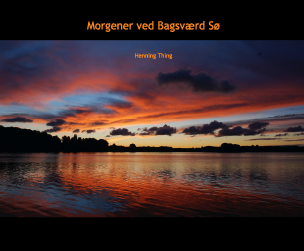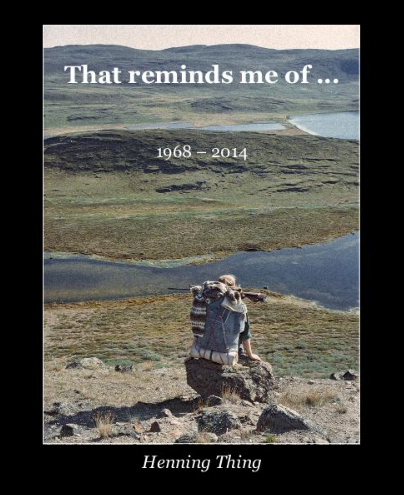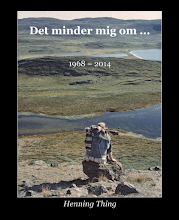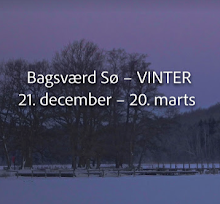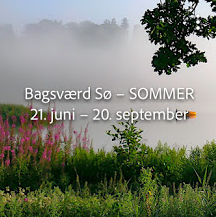This last day of biking in the Dordogne region began quite misty.
We departed Vitrac at mid morning and enjoyed the autumn landscapes along the north bank of the river.
Soon we reached the Château de Montfort which, during its 900 years, has witnessed a long series of battles and sieges. First, it was taken and razed to the ground by Simon de Montfort in 1214. Then rebuilt, but again destroyed during the Hundred Years' War, under Louis XI of France and under Henri IV of France.
The whimsically looking castle is perched right on the edge of the precipice above the Dordogne.
Farther on, we were fortunate to have a piste cyclable at our disposal – but only for a couple of km.
We crossed the Dordogne once again and could ascertain the claim that this river is the cleanest of all the big rivers in France.
| The clean river seen from above |
The next castle on our route was Château de Fénelon, a formidable feudal fortress from the 14th century. François de Salignac de la Mothe Fénelon (1651-1715) was probably the most famous owner of the castle. He was bringing up the future Louis 16 and was also an archbishop, a philosopher and an intellectual heralding the period of Enlightenment.
The last 10 km of our biking holiday we travelled in a flat and fertile area on the south bank of the Dordogne through extensive walnut plantations, fields of sunflowers and maïs plants with cobs ready for harvest.
Then we entered the Occitanie region and said goodbye to Dordogne, crossed over and reached our destination: Souillac.
We got installed in a good room in Le Pavillon Saint Martin next to the ancient belfry ...
| The Grimbergen beer has been brewed by the monks in the abbey (just around the corner) since 1128, – and it's a great beer! |
... and sat down in the nearest bar with two glasses of local beer to celebrate the happy end of two great weeks on wheels in the Périgord and the Dordogne regions.
- – o 0 o – -
Thanks for following this travel blog.
The blog will become alive again when we engage in our next adventures.
